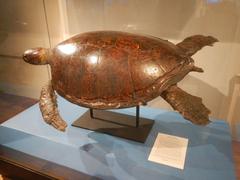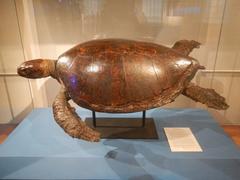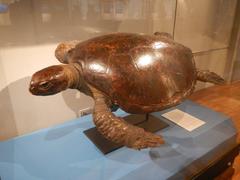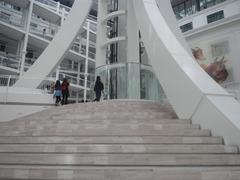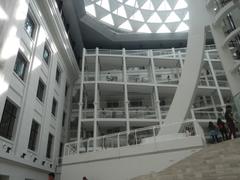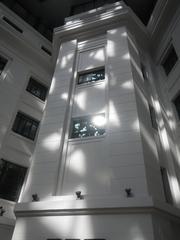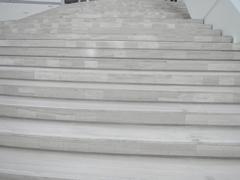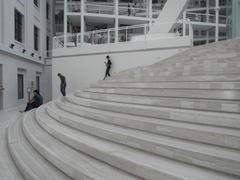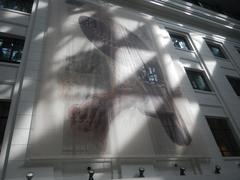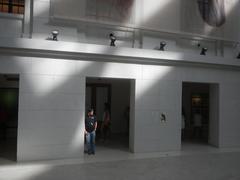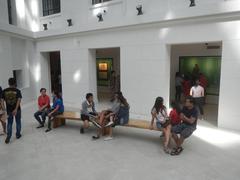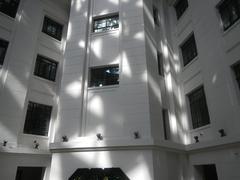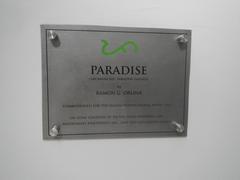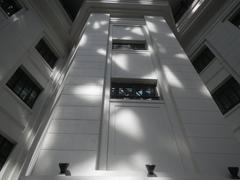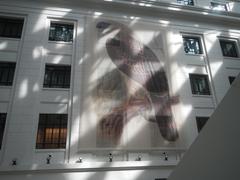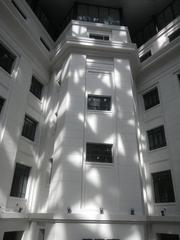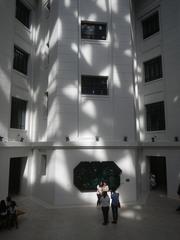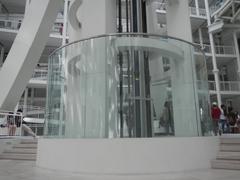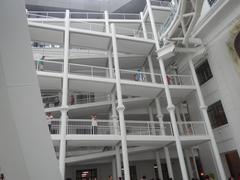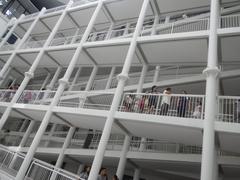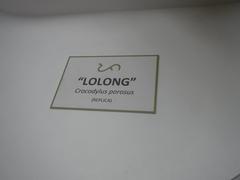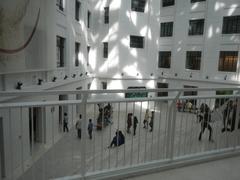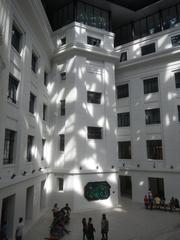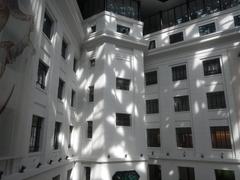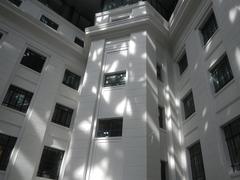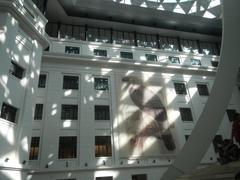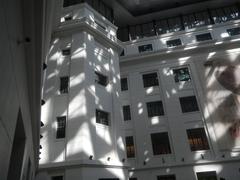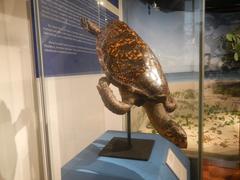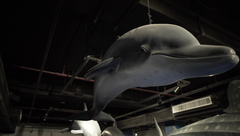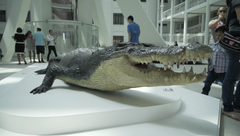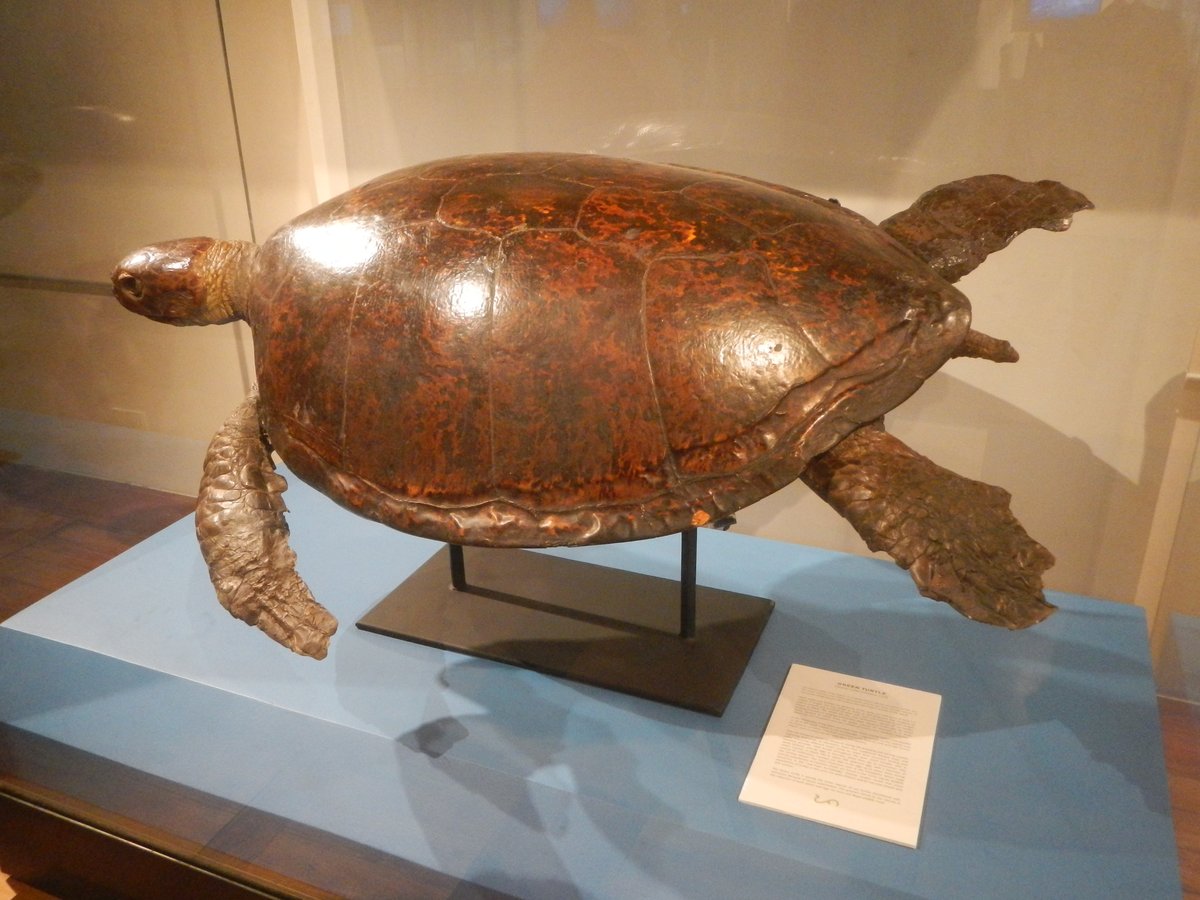
National Museum of Natural History Metro Manila: Visiting Hours, Tickets, and Visitor Information
Date: 15/06/2025
Introduction
Located in the heart of Rizal Park, Manila, the National Museum of Natural History stands as a premier cultural and educational institution in the Philippines. Housed in a beautifully restored neoclassical building originally designed by Antonio Toledo in the late 1930s, the museum elegantly fuses the country’s rich natural heritage with modern architectural innovation, most notably the iconic “Tree of Life” atrium. Since its reopening in 2018, the museum has become a must-visit for families, students, tourists, and anyone interested in Philippine biodiversity and geology.
This guide provides comprehensive information on visiting hours, tickets, accessibility, exhibit highlights, and practical tips—ensuring a memorable and enriching experience. For up-to-date details on tours, special events, and visitor guidelines, check the official National Museum website, and consider downloading the Audiala app for an interactive museum visit (Scout Magazine, BluPrint, Traveling Up).
Table of Contents
- Historical Background and Architectural Heritage
- Visiting the National Museum: Hours, Tickets, and Getting There
- Architectural Highlights: The Tree of Life Atrium
- Galleries and Must-See Exhibits
- Interactive and Educational Experiences
- Visitor Information: Accessibility, Policies, and Tips
- Nearby Attractions
- Frequently Asked Questions (FAQ)
- Plan Your Visit and Further Assistance
- References and Sources
Historical Background and Architectural Heritage
Origins and Adaptive Reuse
The building that now houses the National Museum of Natural History was constructed in 1940 as the Agriculture and Commerce Building. Designed by Antonio Toledo, its neoclassical facade—with grand columns and symmetrical proportions—mirrors the neighboring Finance Building (now the National Museum of Anthropology) (Scout Magazine). Severely damaged in World War II, the structure was restored and later served as the Department of Tourism headquarters, exemplifying the Philippines’ approach to heritage conservation through adaptive reuse.
Museum Transformation
In 2013, the building began its transformation into the National Museum of Natural History, part of a broader project to consolidate national museums within Rizal Park. The museum officially reopened to the public in May 2018, combining historical preservation with modern exhibition design (BluPrint).
Visiting the National Museum: Hours, Tickets, and Getting There
Opening Hours and Admission
- Daily: 9:00 AM – 6:00 PM (including Mondays, as of January 2025)
- Last Admission: 30 minutes before closing
- Admission: Free for all visitors (PhilStar, PIA)
Location and Access
- Address: Agrifina Circle, Rizal Park, Ermita, Manila
- Getting There: Easily accessible via jeepneys, buses, taxis, ride-hailing apps, and the LRT (nearest station: United Nations Avenue or Central Terminal) (Traveling Up, Out of Town Blog).
- Parking: Limited; public transport recommended.
Accessibility
- The museum is fully wheelchair accessible, with ramps, elevators, and restrooms on every floor. Wheelchairs are available upon request.
Architectural Highlights: The Tree of Life Atrium
The museum’s most celebrated architectural feature is the “Tree of Life” atrium. This steel-and-glass structure, inspired by the DNA helix, soars through the building’s central courtyard and houses a panoramic glass elevator. Flooded with natural light, the atrium creates a visual metaphor for the interconnectedness of life and biodiversity (BluPrint, bluedreamer27.com).
The Tree of Life not only serves as a symbolic centerpiece but also connects all exhibition levels, making it a popular spot for photography and orientation.
Galleries and Must-See Exhibits
The museum is organized across seven levels, featuring 13 galleries dedicated to Philippine biodiversity, geology, and conservation.
Level 1: Orientation and Tree of Life Foyer
- Tree of Life Foyer: Main entrance and information desk.
Level 2: Natural Inheritance Gallery
- Petrified Woods Collection: Showcases ancient flora and geological history.
- Wardian Case: Displays early plant transport containers (bluedreamer27.com).
Level 3: Philippine Biodiversity
- Philippine Biodiversity Gallery: Highlights endemic species and conservation efforts.
- Marine Diversity: Features coral reefs, mangroves, and seagrass ecosystems.
Level 4: Rainforest and Mangroves
- Rainforest Dioramas: Life-size exhibits with ambient soundscapes depicting native species.
- Mangroves Gallery: Showcases coastal ecosystems’ ecological role.
Level 5: Iconic Specimens
- Lolong the Crocodile: The world’s largest crocodile in captivity, displayed via taxidermy and skeletal mounts (bluedreamer27.com).
- Philippine Eagle: Features a specimen and educational conservation materials.
Level 6: Geology and Minerals
- Minerals and Energy Resources Gallery: Life-size mining dioramas and geological formations.
- Geothermal Power Plant Diorama: Explains sustainable energy in the Philippines.
Level 7: Insects and Ecology
- Butterflies and Insects: Highlights native arthropods and their ecological roles.
- Food Chain Exhibits: Explores ecological relationships and sustainable use.
Interactive and Educational Experiences
- Dioramas and Soundscapes: Galleries use immersive elements to recreate Philippine habitats.
- Field Equipment Displays: Showcases scientific tools used in local research.
- Educational Programs: Guided tours, workshops, and science festivals are offered year-round (Out of Town Blog, Plan and Explore).
Visitor Information: Accessibility, Policies, and Tips
Security and Entry
- Present a valid ID (passport for foreigners) at security.
- Bags, food, drinks, and umbrellas must be deposited at the baggage counter (Traveling Up).
- No strict dress code, but comfortable attire is advised.
Photography
- Non-commercial photography is allowed (no flash or tripods).
- Professional shoots require advance arrangements (Traveling Up).
Amenities
- Restrooms and drinking fountains on every floor.
- Souvenir shop near the exit.
- No food outlets inside; plan meals before or after your visit (Wanderlog).
Visitor Tips
- Allocate 2–3 hours for a full tour.
- Visit early for fewer crowds—weekdays are less busy.
- Respect exhibit boundaries to help preservation efforts.
- Inquire at the desk for guided tours or educational activities.
Nearby Attractions
Extend your cultural journey by visiting:
- National Museum of Fine Arts
- National Museum of Anthropology
- Rizal Park’s gardens and monuments
- Intramuros and Fort Santiago
All are accessible on foot or by short rides from the museum.
Frequently Asked Questions (FAQ)
Q: What are the museum’s visiting hours?
A: Open daily, 9:00 AM–6:00 PM (last entry 5:30 PM).
Q: Is admission free?
A: Yes, entry is free for everyone (PIA).
Q: Is the museum wheelchair accessible?
A: Yes, with ramps, elevators, and accessible restrooms.
Q: Are guided tours available?
A: Yes, inquire at the information desk or check the official website for schedules.
Q: Can I take photos?
A: Yes, except with flash or for commercial purposes.
Q: Is parking available?
A: Limited; public transport is recommended.
Q: Are there food outlets inside?
A: No, but many options are nearby in Rizal Park and adjacent malls.
Q: What should I bring?
A: Valid ID, comfortable attire, and minimal belongings.
Plan Your Visit and Further Assistance
For group bookings, special arrangements, or guided tour schedules, contact the National Museum at (+632) 8298-1100 or email [email protected]. Always check the official website for the latest updates, health and safety protocols, or download the visitor guidelines PDF.
References and Sources
- Scout Magazine
- National Museum Official Website
- BluPrint
- Traveling Up
- PIA
- PhilStar
- bluedreamer27.com
- Out of Town Blog
- Wanderlog
- Plan and Explore
